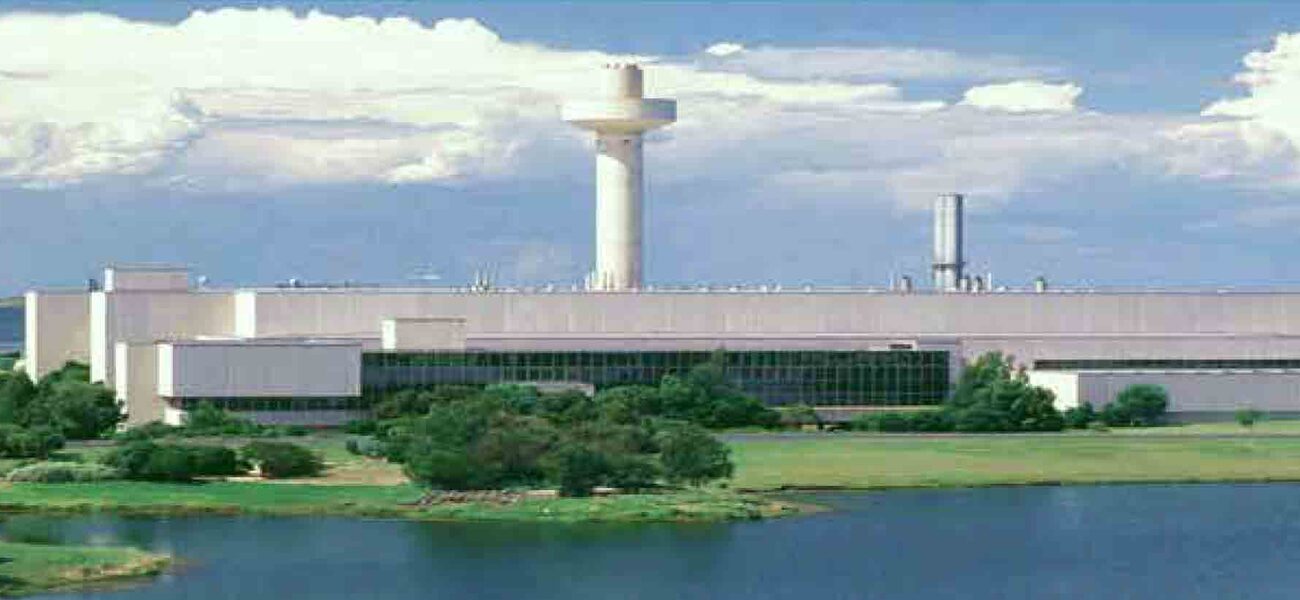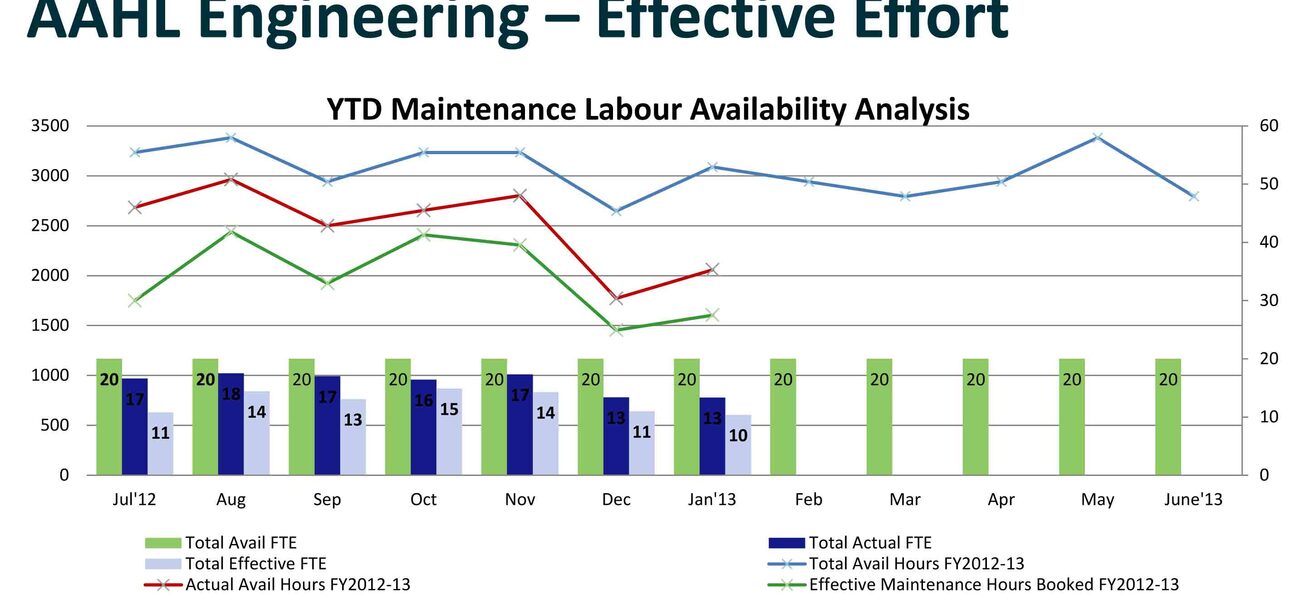The Australian Animal Health Laboratory (AAHL), a high-containment facility in Geelong, Victoria, has been operating 24/7 with no shutdowns, even for maintenance or upgrades, for nearly 30 years, thanks to the initial design, selection of materials, and quality of construction.
The AAHL—with BSL-2, BSL-3, and BSL-4 biocontainment areas—has an extensive redundant plant to ensure that critical systems, such as the air handling units, remain continually operational. The facility was one of the first in the world to use microprocessor control for all engineering systems.
The AAHL, open since 1984, is managed by the Commonwealth Scientific and Industrial Research Organisation (CSIRO). Scientists at the AAHL develop innovative diagnostic tests, vaccines, and treatments for both exotic and endemic animal diseases. Research of this magnitude and at that containment level requires the facility to remain operational around the clock.
“The high-containment building was designed to last 100 years, and given that the foundations are embedded in a saltwater environment, this posed a challenge. The building was also designed to withstand a 5.8-magnitude seismic event,” says Steven Edwards, executive manager of property standards for CSIRO Property Services. “The structure of the building was also to be airtight and, therefore, movement of the building due to temperature and wind variation had to be eliminated.”
Long-Term Design
The AAHL currently has a book value of $750 million AUD ($694.4 million USD), which includes the replacement value, the engineering systems, underground services, and ancillary infrastructure such as roads. The building consists of 721,000 sf, of which 14 percent is dedicated to direct scientific activities. The capital value of each square foot is approximately $7,300 AUD ($7,900 USD).
To achieve the high standards set for the building’s longevity, the AAHL was situated on numerous vertical columns of concrete that are attached directly to a basalt rock geological structure located under the construction site. The underground sections of the building, foundations, and concrete support columns are wrapped in a tanking membrane which prevents the highly saline groundwater from entering the porous concrete, which would lead to corrosion and decay of the building. To date, this solution is working, with minimal problems.
Full-scale mockups of the AAHL were built to examine the best method of construction, and the design team tested all of the penetrations, the air handling system, the control system, and the airtight doors. Full-scale models of animal rooms were constructed to confirm the pressure and flow solutions would work. The results convinced the design team to use a bespoke programmable logic controller (PLC), an industrial computer connected to one or more processes, a technology which at the time was in its infancy.
“Numerous devices were tested to select the best performing ones to ensure long mean times between failures of critical components,” says Edwards. “Material selection and system design were focused on delivering systems that would perform reliably for a long time. As a result, product specification was much higher than in a normal commercial building, and extensive systems validation was performed.”
Commissioning and auditing are also imperative for all aspects of a new building to ensure that the proper solutions are delivered and that systems are performing according to functional specifications.
Impact of Design and Construction on Repairs and Maintenance
The upfront attention to selecting the best materials and design for the AAHL obviated the need for any significant capital projects for 15 years. However, upgrades must be made to stay current with modern technology and regulations regarding design, security, and performance reporting. Engineering plant upgrades are ongoing, and an Engineering Management Committee oversees facility performance and resource allocations for repairs, maintenance, and capital projects.
Redundant components combined with robust and reliable systems help prevent unexpected failures. “Effective management practices and adequate resourcing have a significant impact on the performance of engineering systems,” says Edwards.
Obsolete systems and material corrosion are a concern. Repairing and maintaining equipment often means finding alternate spare parts to replace obsolete ones and incurring costly refurbishment or replacement expense.
The AAHL spends approximately $7.5 million AUD, or about 1 percent of the book value of the facility, on annual maintenance and operations, in addition to $1.8 million AUD on utilities and capital project costs.
Most of the repairs and maintenance work is done by an in-house team with contract support for some specialty services. This in-house institutional knowledge is essential for efficiently operating the facility and safeguarding intellectual property.
“We promote a culture of continuous improvement, which allows technical staff to question the status quo and develop solutions that add value to system performance and reliability,” says Edwards. “This may be in the form of a new technology or maintenance practice.”
Computerized Maintenance Management System
The AAHL utilizes a computerized maintenance management system (CMMS) to perform work flow tracking, material procurement, capital project cost tracking, preventive and reactive maintenance planning, and engineering store stock management.
A metric called “effective effort” is used to track the work performed by the 20 tradespeople who do hands-on maintenance work. A graph shows the amount of labor spent on performing maintenance on a monthly basis, and the staff is required to account for 100 percent of its time for every business day.
“The graph allows us to monitor the real, or effective, labor resource used on maintenance activities, allows management to monitor the big picture in how our resources are being allocated, and take action as required,” says Edwards.
The CMMS also features metrics to show how much preventive and reactive maintenance is being completed and whether there is any overdue work that has gone beyond the completion date. The metrics currently show a lot of reactive maintenance in the past year because the AAHL’s air handling system, comprised of 256 individual fan units, has been overhauled.
A ranking index summary in the CMMS can be used to show the relative importance of each project, especially the overdue work. Projects can be categorized as critical, high-risk, medium-risk, or low-risk.
“It keeps us honest and helps us focus on where to put our resources,” says Edwards.
Supervisory Control and Data Acquisition System
The AAHL uses a Supervisory Control and Data Acquisition (SCADA) system, also known as a building information system, to provide high-level control to complex processes. A total of 30,000 field devices are managed by 250 PLCs. Key performance indicators are used to review the number of alarms generated each week and the long-term and recurring alarms. Issues pertaining to alarms are immediately addressed rather than simply resetting the alarms without taking action.
Maintenance employees use trend data gathered by the SCADA system to improve processes and system functionality. For example, data pertaining to the autoclave cycles, sewage treatment plant, and air handling systems—including the pressure, flow, and valve angles—is captured on a 24/7 basis. Process parameters are monitored for every operating cycle, and the information is readily available when regulators inspect the facility.
“One of the benefits of using this modern technology is that our technicians, particularly in autoclaves, can look at the trend data and identify a faulty component,” says Edwards. “That is great when you have to go inside the secure area and two or three barriers to get to an autoclave. Having the spare part in your hand is a very efficient way to rectify a problem.”
Current Challenges
Senior members of the engineering staff will be retiring in the next decade, and it will take several years for new employees to become fully competent in all systems. In addition, all employees are adjusting to a new documentation system implemented at the AAHL with the goal of having a one-stop shop for all documents, including records, manuals, drawings, and information about safety, policies, and procedures.
The AAHL is also adapting to a newly implemented condition-based maintenance system and waiting to see the results. The system is intended to more efficiently use resources and to allow maintenance projects to be done based on condition not hours of operation. Tradespeople will be assisted by the use of vibration analysis, thermography, and ultrasonic analysis to analyze the performance of fan units, electrical and thermal systems, and compressed air systems.
Learning from the AAHL
The quality of the initial facility construction and material selection will determine ongoing repair and maintenance resource requirements. The AAHL demonstrates that a complex facility can be operated and maintained for about 1 percent of the facility’s capital value on an annual basis, if the initial design and construction are completed to a high standard.
Significant maintenance work related to engineering systems can be expected after 15 years of operation with ongoing minor capital improvements. A major building capital works program may be necessary after 30 years and could equate to 10 percent of the capital value.
“Performance metrics are essential because you need to know where you are using your resources, and you need to identify degrading systems before they fail,” says Edwards. “The metrics are invaluable to objectively demonstrate the performance of your maintenance effort and the level of resources required.”
Edwards recommends having a core in-house team to manage risks and protect the facility’s intellectual property. The team should understand how the facility operates as a whole and the role each individual system plays. This facilitates sound development of a performance contract, maintenance plan, and capital plan, as well as effective auditing of completed work.
Continuous improvement should be embraced by using new technology and business processes.
“This is one method of keeping maintenance costs low without compromising on risks. Such a philosophy creates an exciting work environment as new concepts of doing work are identified, investigated, and implemented,” says Edwards. “Staff members are encouraged to think outside the square and challenge convention. This creates a ‘can do’ culture.”
By Tracy Carbasho
This report is based on a presentation given by Edwards at Tradeline’s 2013 International Conference on Biocontainment Facilities.

